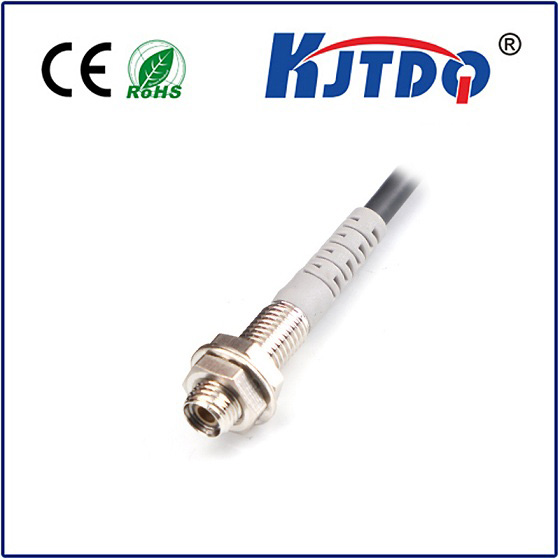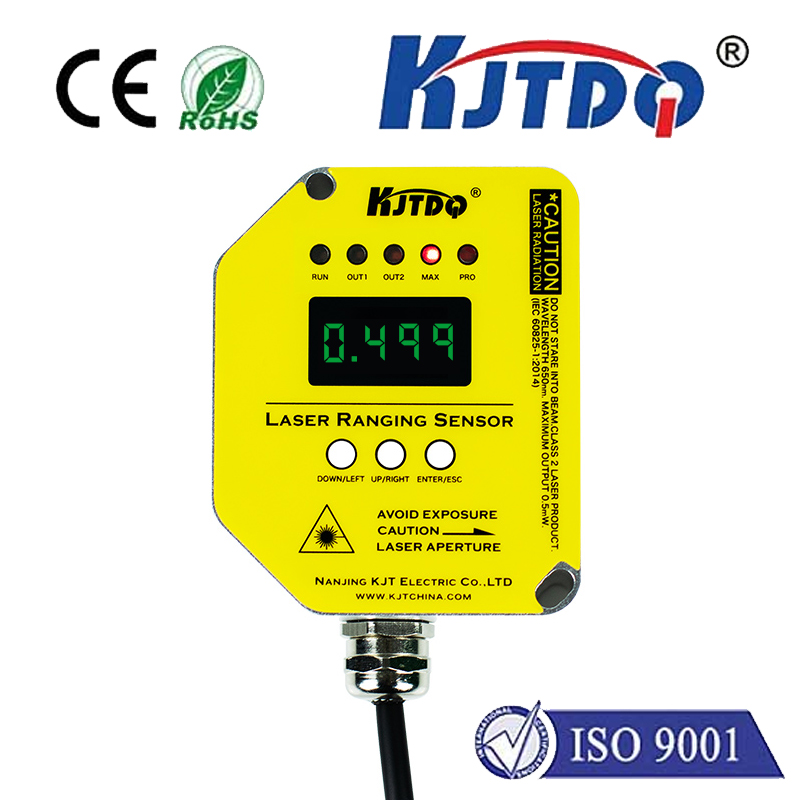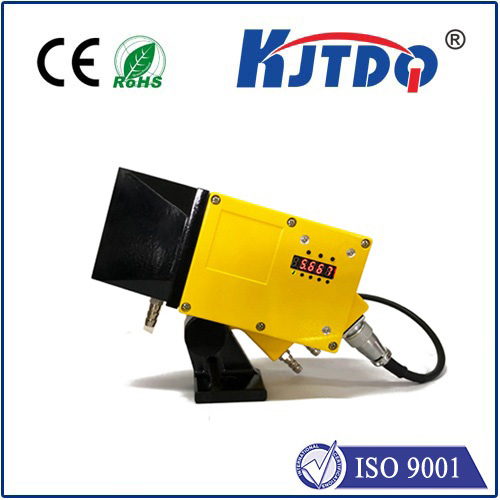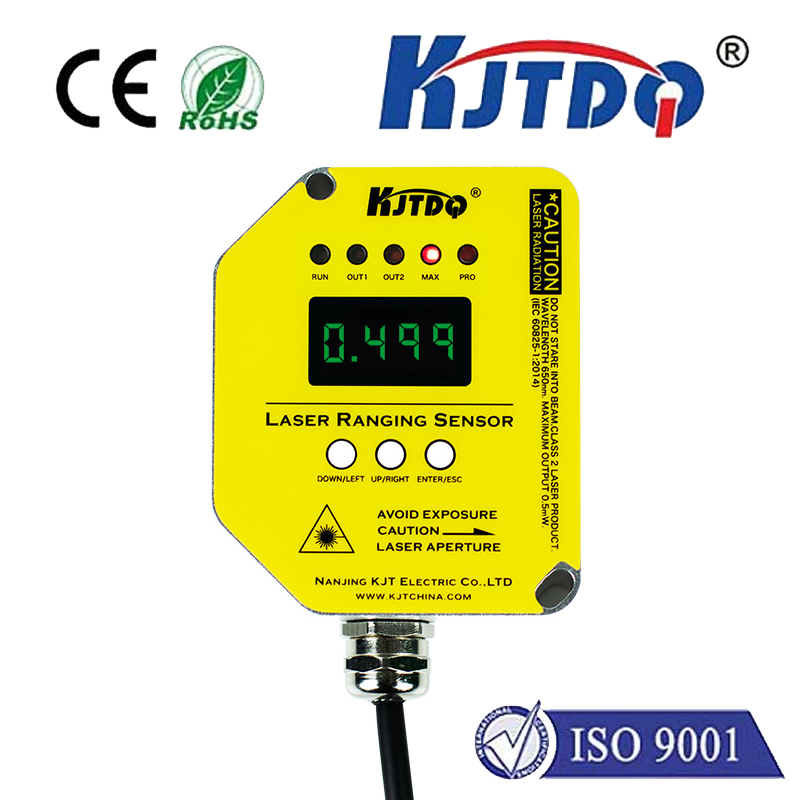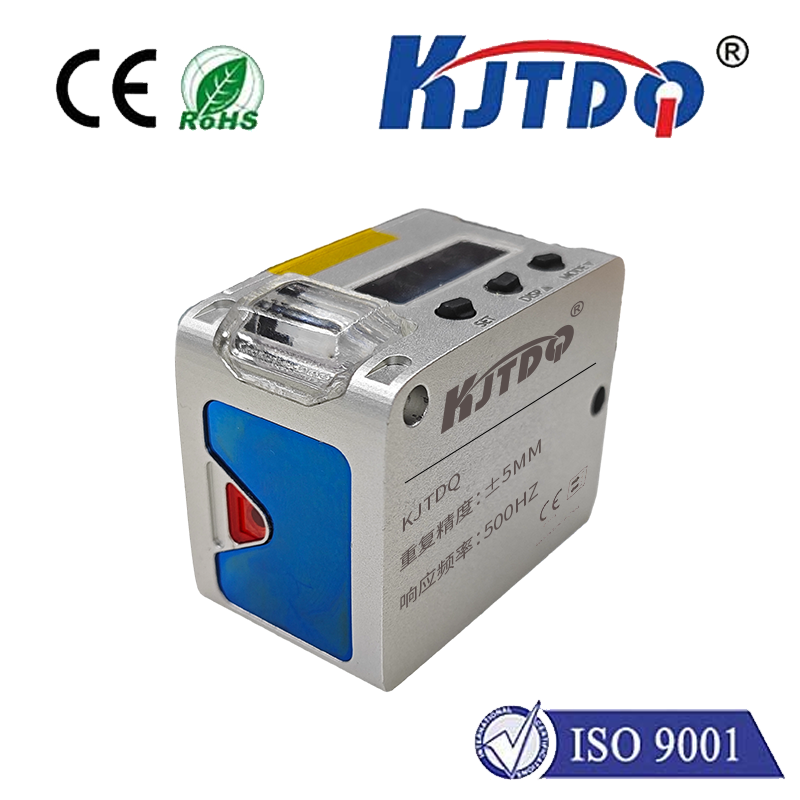在本篇文章中,我们将通过一个实际的编程实例来探讨激光测距传感器的使用。我们将从基础的概念开始,逐步深入到实际的应用和编程技巧,帮助你更好地理解和使用激光测距传感器。
## 1. 什么是激光测距传感器?
激光测距传感器(Laser Distance Meter,LDM)是一种利用激光技术进行距离测量的设备。它可以快速、准确地测量出两个物体之间的距离,广泛应用于工业自动化、无人机导航、机器人技术等领域。
## 2. 如何选择合适的激光测距传感器?
在选择激光测距传感器时,需要考虑以下几个因素:
- 测量范围:根据你的应用需求选择合适的测量范围。
- 精度:精度越高,测量结果越准确,但价格也会相应提高。
- 工作环境:不同的激光测距传感器适用于不同的环境,例如户外、室内或者防水等。
- 通信方式:有线或无线通信方式的选择。
## 3. 连接激光测距传感器到计算机(以Arduino为例)
你需要一个Arduino开发板和一根激光测距传感器。然后,按照以下步骤连接它们:
### 3.1. 准备硬件
- Arduino开发板(如Arduino UNO)
- 激光测距传感器(如HC-SR04)
- 杜邦线若干
### 3.2. 连接电路
将激光测距传感器的VCC接到Arduino的5V,GND接到GND,OUT接到数字引脚9上。将数据线接到数字引脚10上。最后,将电源线接到电池盒上。
### 3.3. 编写程序
下面是一个简单的Arduino程序,用于读取激光测距传感器的数据并在串口监视器上显示出来:
```cpp
// 定义引脚
const int trigPin = 9; // VCC (data from sensor) goes to digital pin 9. GND is connected to ground on Arduino (also data from sensor) and OUT is connected to digital pin A0 of the Arduino. This is because we will be using a MAX4466 NPN transistor as our distance sensor. It's important that we don't use analogRead() here because the signal coming out of the sensor is too weak for that function! We need to send a strong pulse to the sensor in order to get a good distance reading. The pulse lasts for only a very short time (about 10 microseconds). So it doesn't matter if we get some noise on the output of the NPN transistor when we do the trigger pulse. That noise will just be part of the signal that we are measuring. If we want to minimize the noise, we can add a resistor from the input of the NPN transistor to ground. However, this would reduce the accuracy of our distance measurements because it would introduce more variability into the signal. In this case we decided not to do that. Instead we just left R0 at its default value which is about 22kΩ.
const int echoPin = A0; // Echo pin is connected to digital pin A0 so that it will receive back an echo from the sensor after sending a trigger pulse. The distance measurement is then done by comparing the duration of the received pulse with the one sent out by the trigger pulse. By using a timer/counter we can measure the time difference between these two pulses and calculate the distance. We also use a capacitor to store energy from the incoming pulse (the echo) so that we have it available for subsequent pulses. The formula for calculating the distance is shown below:
long duration = pulseWidthRead(echoPin); // Get the width of the pulse (duration) as a unsigned long integer in microseconds (uS). pulseWidthRead() returns microseconds because it uses interrupts instead of polling like analogRead(). The time delay between the two pulses is then calculated by dividing the total duration by two and multiplying by c (the capacitance in farads). The result is given in meters. Note that the formula above assumes that there is no reflected light or interference from other sources such as walls or furniture that can cause echoes from the sensor's laser beam to bounce back and interfere with our measurement. If you expect such interference, you should add code here to detect and handle it. For example you might want to average several readings and take the median rather than taking a single reading and rejecting outliers. Also note that this method of measuring distance works best when the sensor is located at a fixed height above ground level (like on top of a table) because any slight changes in elevation will affect the amount of light that reaches the receiver (the echo pin). If you want to measure distance over a wider range of heights, you could use an ultrasonic sensor instead of an optical one since they do not rely on visible light for their operation and therefore are not affected by changes in elevation.


